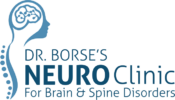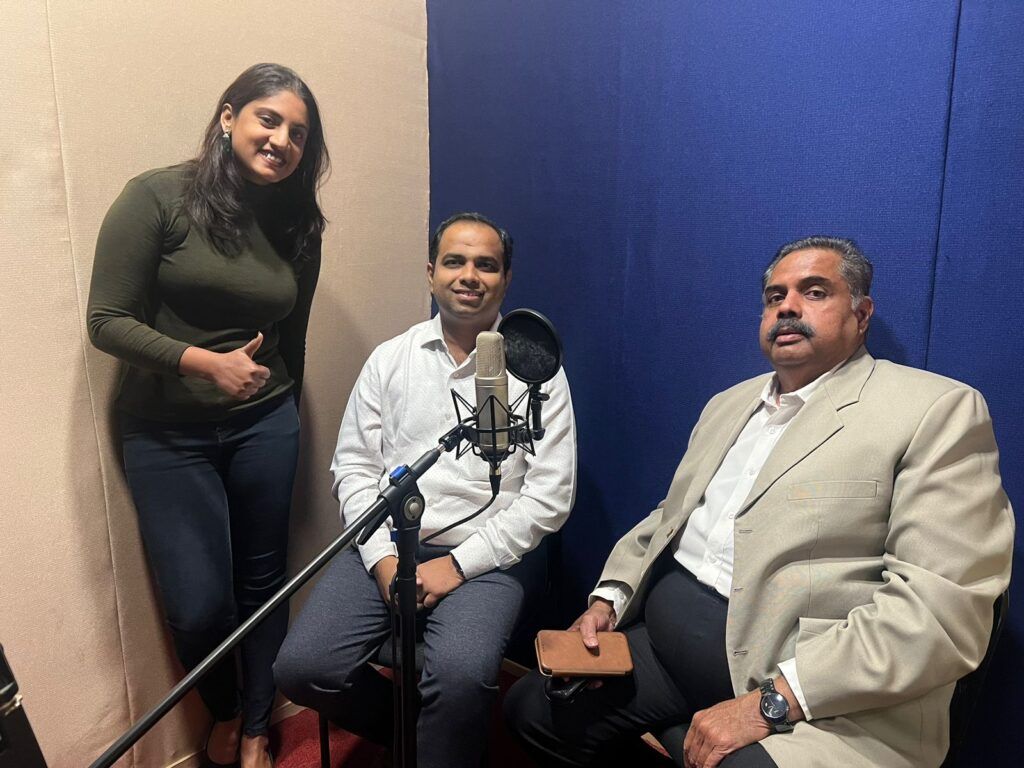World Stroke Day: How Regular Check-Ups, Golden Period Can Save Lives After Stroke
World Stroke Day: How Regular check-ups, golden period can save lives after stroke
Steffy Thevar
| Oct 29, 2023, 06:00 AM
Subscribe To Notifications
World Stroke Organization marks October 29 as ‘World Stroke Day’ to raise awareness around the issue
Stroke is the second leading cause of deaths in India, studies say that one death due to stroke is reported every four minutes
The most common contributing factors of strike are hypertension, alcohol, smoking, smokeless tobacco, obesity and pollution
Most stroke death are preventable if the patient reaches the hospital within 4.5 hours after the first onset of the initial symptoms
The consequences of a stroke can include paralysis, weakness and loss of motor skills, as well as cognitive and emotional changes, including depression and anxiety
Post-stroke rehabilitation is a critical component of the recovery process
While stroke is the second most cause of deaths in the country, doctors say that these can be prevented.
How? Regular check-ups and identifying the initial symptoms.
The World Stroke Organization marks October 29 as ‘World Stroke Day’ to raise awareness around the issue. Experts across the globe say that these deaths can be prevented with routine health check-ups like checking the sugar levels, blood pressure, cholesterol levels and looking out for genetic factors. A stroke can attack anyone, and so, identifying the initial symptoms and rushing to the hospital within the golden hour is crucial.
Pune-based neurologist Dr Sandeep Borse says that the golden period — from the initial onset of the symptoms of stroke — lasts for about 4.5 hours. “If a person can reach the hospital within this period, we can save him,” he added.
Dr Sushil Patkar, a well-known neurosurgeon, said that “Once the brain cells are dead, there is no medicine available today which can revive those cells. Once dead the entire treatment is then only towards rehabilitation.”
An online search shows that a stroke occurs when something blocks blood supply to parts of the brain or when a blood vessel in the brain bursts. The initial symptoms include any sudden change in the body’s system — it could be in the limbs, neurological changes or even confusion or trouble speaking. Any sudden change in the body’s system can indicate a stroke as the brain controls the entire body.
However, despite the high mortality rate in Indians due to stroke and post stroke complications, awareness around the issue is low. Doctors say that the lack of awareness translates into a lack of preparedness when the stroke occurs. A survey also revealed that less than one in four Indians is aware about stroke and its symptoms.
The most common contributing factors of stroke are, hypertension, lifestyle habits like alcohol consumptions, smoking and use of smokeless tobacco. Obesity and pollution are also factors in driving stroke numbers, added both the doctors. While stroke management can be a complicated affair, managing the risk factors is easier.
The real challenge comes during the post-stroke phase because the complications can last a lifetime. The rehabilitation varies from person to person, but consistency and patience are key. Progress may be slow, but even small improvements can make a big difference in the quality of life for stroke survivors. Rehabilitation centres play a pivotal role in guiding individuals through this arduous journey. There are various therapies like physical therapy, occupational therapy, speech therapy, etc which can deliver results.
Audio production: Sahil Gupta

